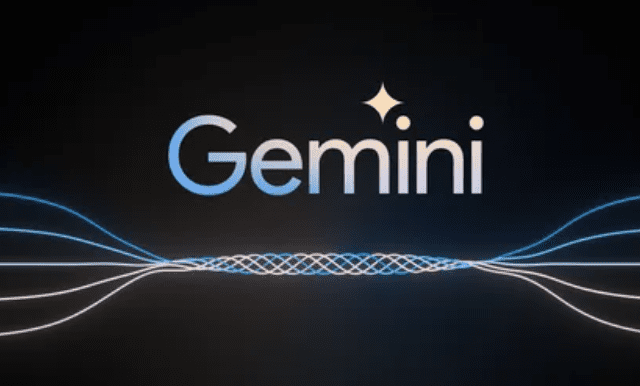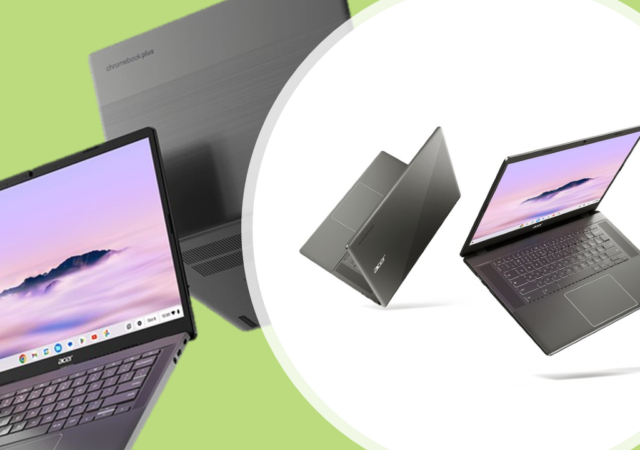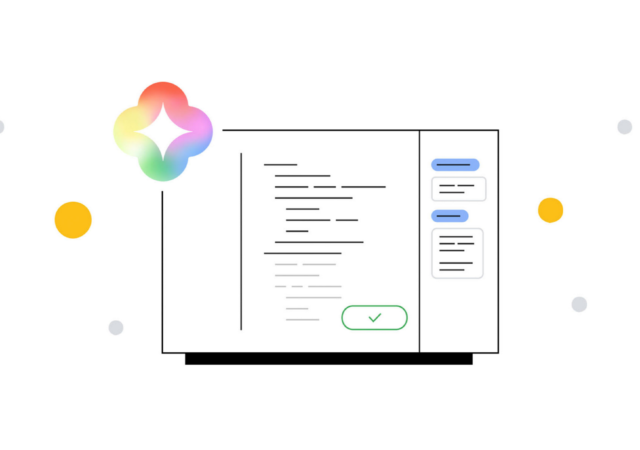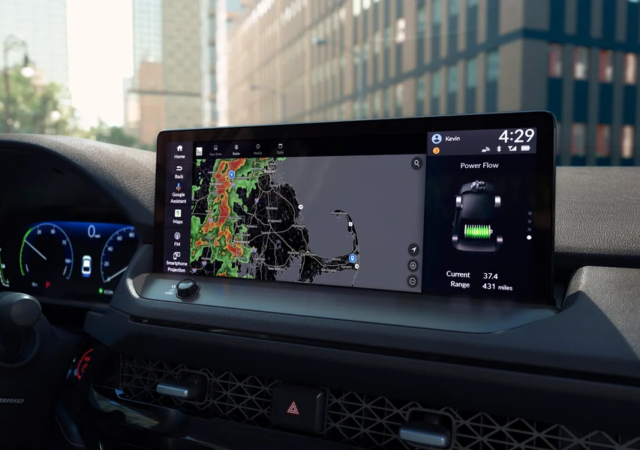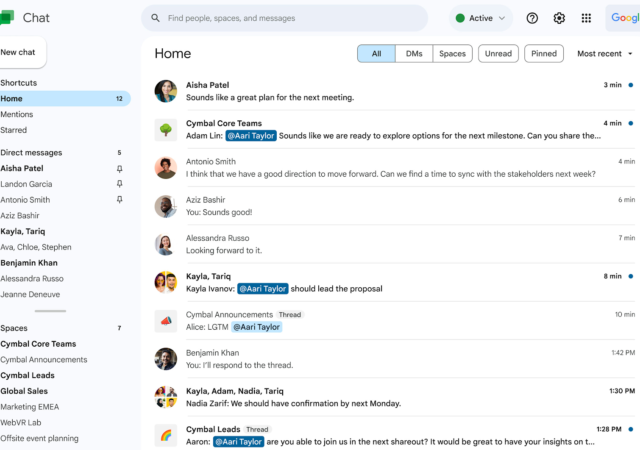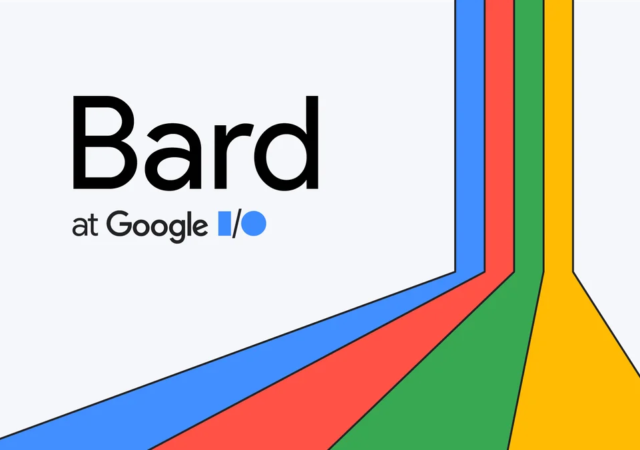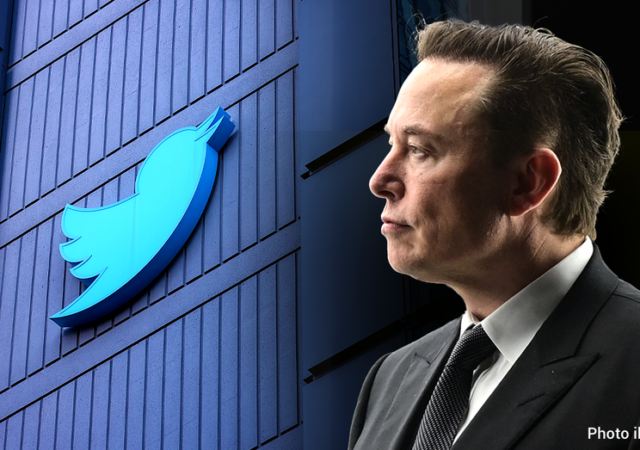By integrating Gemini, a state-of-the-art AI model, into its Bard chatbot, Google is making its virtual assistant smarter and more adept. According to Google, with its improved reasoning, planning, and comprehending capabilities, Bard is now in a solid position to…
Acer Launches New Chromebook Plus Laptops: Elevating Performance and Productivity
Introducing the Acer Chromebook Plus 515 and 514! Powered by the Google Chromebook Plus initiative, these Chromebooks boast upgraded hardware and AI features, perfect for modern users. Discover the enhanced Chromebook experience with the Chromebook Plus!
[Google Cloud Next] Google’s Duet AI Here to Help Boost Productivity in Google Workspace
Google’s Duet AI, now in general availability, boosts productivity in Google Workspace with document summarization, Gmail assistance, and smart content generation. It enhances workflow, fact-checking, and presentation creation.
Android Auto Now Gives You Weather Updates
Google brings more updates to Android Auto in the form of apps like Zoom, WebEx, Prime Video, and most importantly the Weather Channel app.
YouTube Is Going to Have Fewer Ad Breaks on TVs But They’ll Be Longer
Google is experimenting with fewer ad breaks on TV but they may be longer than what is available now.
[Google Cloud Next] Google Chat Gets New Features & Plays Nice with Slack & Teams
Google Chat is getting some big updates that take significant strides to better the user experiences and add interoperability across platforms. Google Chat will soon be able to Duet you and help you collaborate even better with your coworkers. Duet…
Google is Deleting Inactive Accounts in December 2023 – Save Yourselves, Log in Now!
Google is cracking down on inactive accounts. If your Google Account have been inactive for at least 2 years, Google will delete it.



